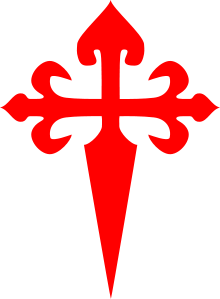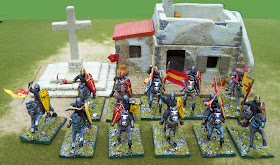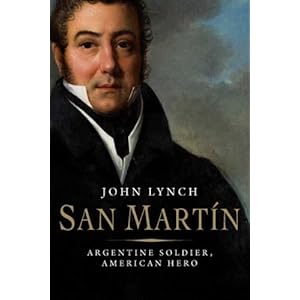My focus is now shifting to the Claymore show on 4 August. The GDWS display game this year will be the Battle of Las Navas de Tolosa 1212.
Why you may well ask? Well, I like an anniversary theme for display games and El Cid is one of my favourite films of all time. Sophia Loren looking magnificent has nothing to do with it of course! This is somewhat later than the classic El Cid period, but not a lot had changed.
This is the 800th anniversary of the battle, known in Arab history as the Battle of Al-Uqab. It took place on 16 July 1212 and was
a key turning point in the re-conquest
of medieval Spain from the Moors. The Spanish forces were led by King Alfonso
VIII of Castile joined by the armies of Sancho VII of Navarre, Pedro II of
Aragon and crusaders from across western Europe. The Caliph al-Nasir led the Almohad
army, made up of troops from the whole Almohad Empire and the Iberian Peninsula.
The army lists are nearly finished. A balance of the figures we own and, as usual in a medieval battle, limited sources. We should have around 6000pts a side for WAB, that's over 600 28mm figures. The handout is written and will be up on the GDWS website soon.
I have a few more figures to paint, it needs a lot of Berber spearmen! However, Andy McGeary's paint brush came to the rescue with additional units that give a real period feel for the game. I just finished basing them this morning.
First we have some Spanish infantry. These are well equipped and organised so they will probably stand as a guard unit in the army lists. They are from the Crusader El Cid range.
Then Spanish light horse or Jinetes. Again from the Crusader range.
And finally a unit of Spanish knights that I picked up on EBay.
The building and cross are Grand Manner.
Coming next, when the bases dry, will be the Knights of Santiago.........























